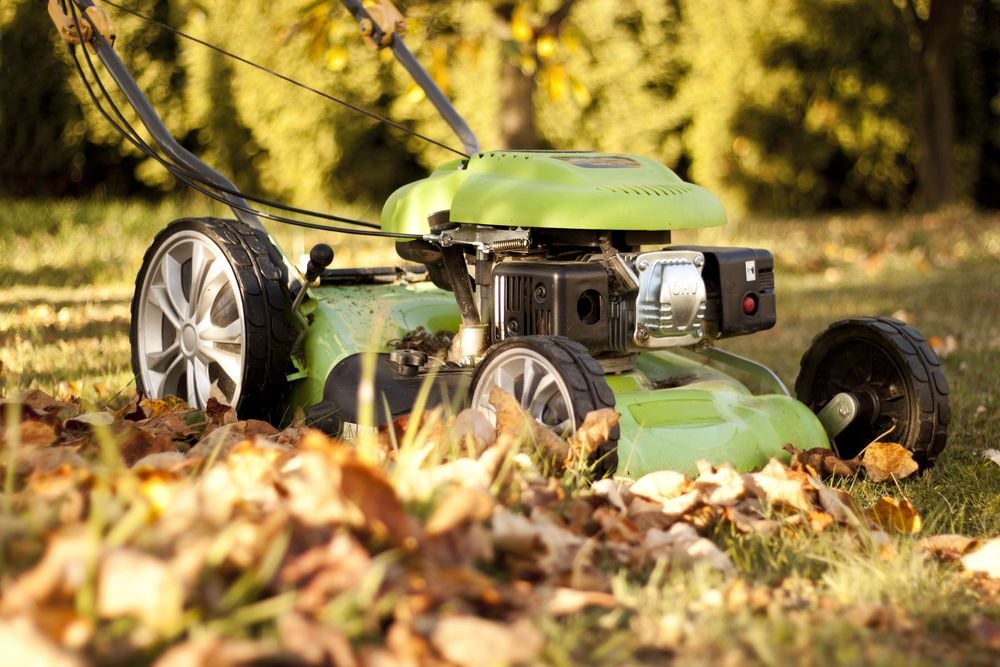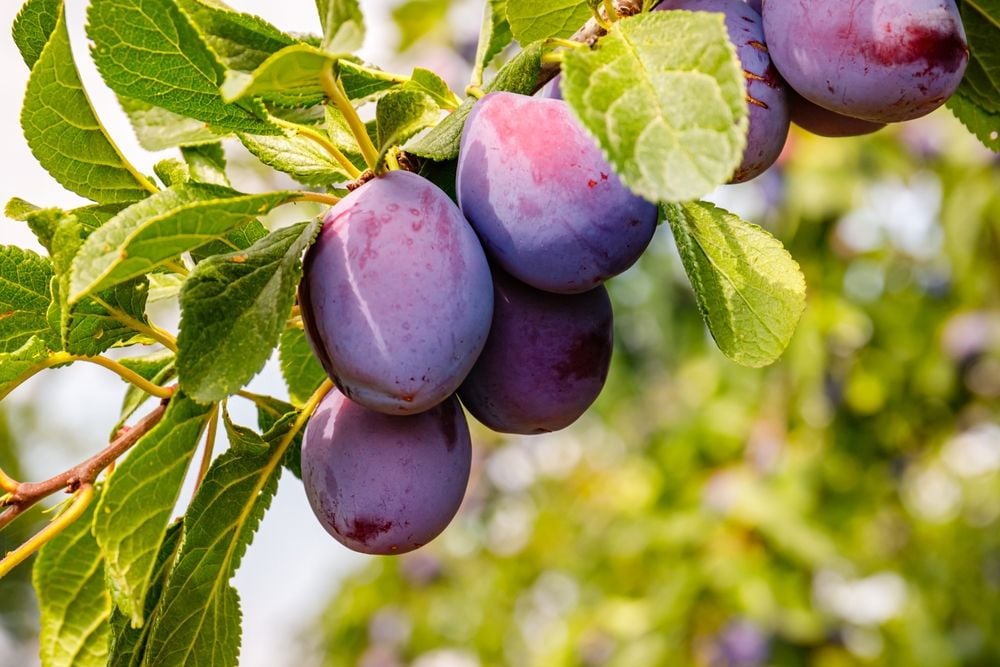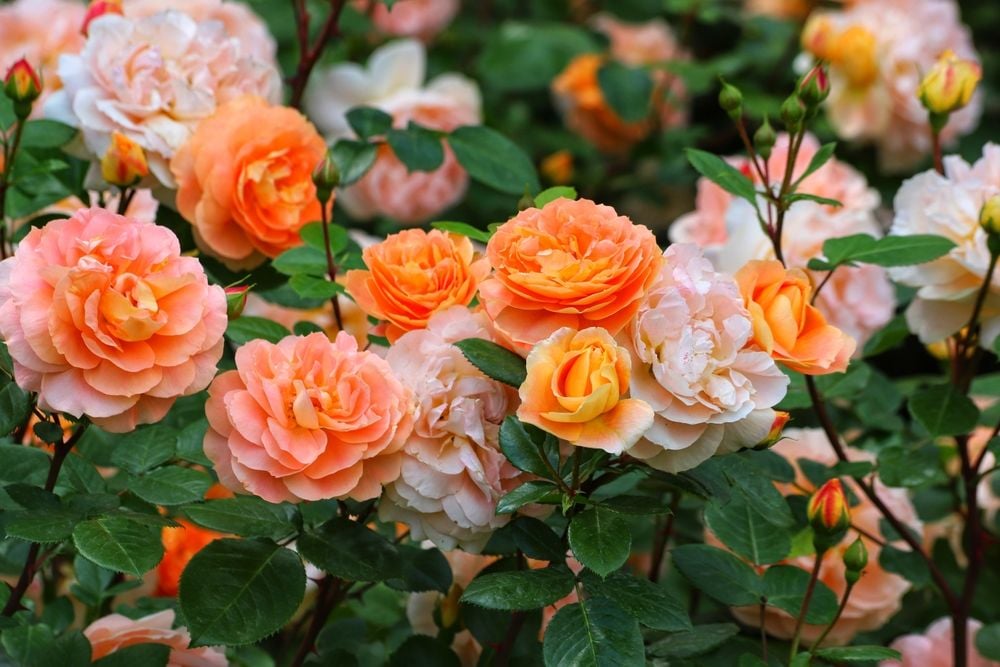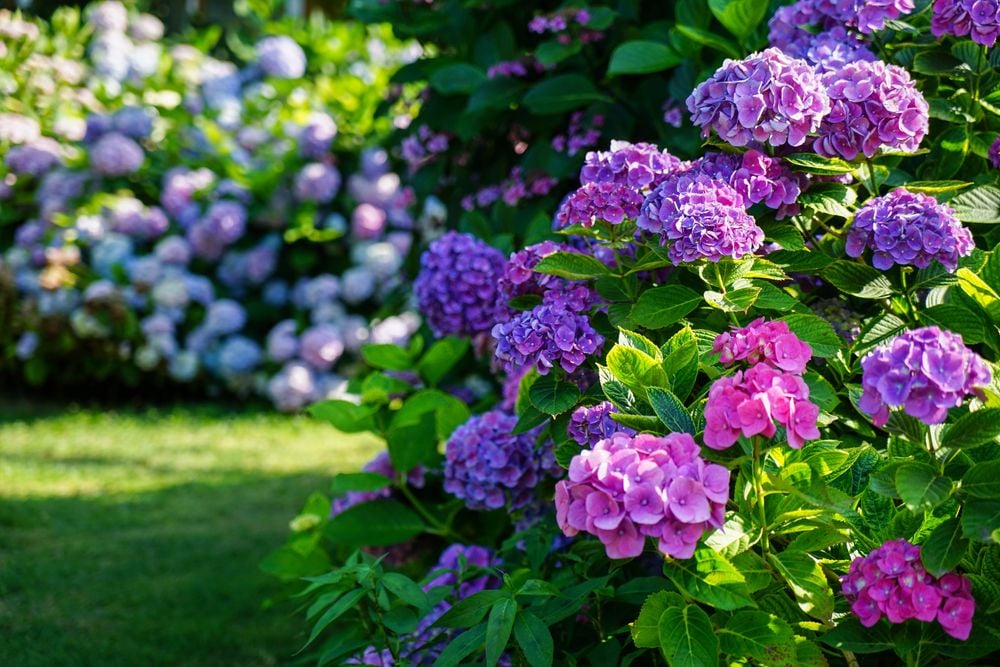
Harvesting Summer: A Guide to Growing Your Own Peach Tree
- Jun 4, 2025
Embodying summer’s sweet allure, the peach is a crowd-pleaser, especially when it blooms from your own backyard. While some might find the thought of growing peach trees somewhat terrifying, they’re surprisingly low-maintenance with the right nurturing. Of note, peach trees are self-fertile. They don’t need another fruit tree nearby to bear fruit, which makes their cultivation relatively straightforward compared to other varieties.
Sprouting elegant pink blossoms each spring and boasting vibrant green leaves all summer, peach trees can enhance any garden. They can comfortably grow outdoors in USDA hardiness zones 4 to 10, though they flourish best in zones 6 to 8. Various peach tree cultivators have provided a handful of excellent tips on how to care for your tree - so you can have a plentiful harvest every summer.
According to Gayle Sullivan, co-owner of Dry Creek Peach, the ideal time to plant a peach tree is during the last throes of winter or the onset of spring if the soil is workable and the tree is still in its dormant state. For those living in colder climates, early spring tends to be the best time to plant.
Picking a peach tree type that aligns with your hardiness zone is essential, says Robert Dickey of Dickey Farms, Inc. He advises, "For colder regions, aim for a cold-resistant variety. Peach trees generally thrive in zones 6 through 8." Dickey also suggests choosing a variety that ripens late, from June’s tail-end to mid-September. "Typically, 'freestone' peaches ripen around this period, which are easier to separate from the seed," he adds.
Adhering to these steps will ensure a healthy peach tree grows in your space.
To ensure longevity, a peach tree requires appropriate care and maintenance. Sullivan states that peaches need abundant sunlight to mature - ideally six to eight hours per day. They thrive best in nutrient-rich, drains-well, loamy soil. A cover crop around the tree retains moisture and enhances soil fertility when combined with horse manure.
Regularly water your peach tree - especially during its early years to help it develop a strong root system. Once it's well-established, only water when the soil is dry. Sullivan emphasizes the need for plentiful sunlight, insisting on properly spacing out every blossom to avoid overcrowding, which can cause branch breakage.
To keep your tree in peak condition, Sullivan also recommends regular pruning preferably during the dormant period usually before the bud break in late winter or early spring.

A peach tree can be propagated via softwood cuttings, particularly for non-grafted ones that sprout directly from a seed.
Choosing a peach tree type specifically created for container growing is essential because they don’t take well to repotting or replanting, says Dickey. If you need to replant, aim for late winter or early summer when the tree is dormant, and choose a container 2 inches wider than the tree's current pot.
Peach trees are hardy but not impervious to frost damage. If temperatures fall below 32 degrees Fahrenheit, consider providing winter protection. This can be achieved by covering the tree entirely using a burlap or cloth and wrapping the trunk with a tree guard. To insulate the roots and prevent them from freezing, apply a 3- to 4-inch layer of mulch around the tree's base.
Growing a peach tree from seed can save costs, but it typically takes three to four years to bear fruit, and the fruit might not resemble the parent plant. Other methods include using softwood cuttings to propagate a non-grafted tree or grafting, consisting of joining a desired fruit type (scion) with a rootstock.
Be vigilant about pests and diseases - the peach tree borer, oriental fruit moth, stink bugs, and Japanese beetles, for instance, can cause harm. Peach leaf curl, brown rot, powdery mildew, and peach scab are some of the commonly reported diseases. Regular sprays of organic neem oil can be beneficial, though professional help might sometimes be needed.
The keys to abundant peach tree blooms, according to Dickey, involve selecting a suitable cultivar for your region, appropriate planting during the dormant season, adequate sunlight, proper winter protection, timely pruning, and fertilizing. "A peach tree demands year-round commitment," adds Sullivan.
Growing a peach tree from a peach pit may sound intriguing, but be aware – the resulting tree may not produce fruit identical to the parent. A peach tree usually takes between two to four years to produce its first fruit, depending on the tree's species, grafting method, and the local climate. In conclusion, growing peach trees isn't overly challenging provided the tree receives full sun, well-draining soil, protection during winter, and a well-managed pest and disease control strategy.






